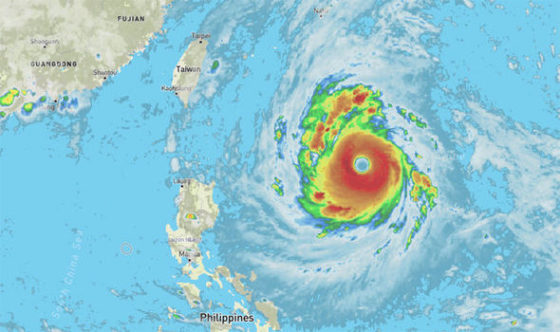Earlier this year we reported on a startling anomaly in the global energy market that even the experts couldn’t have predicted. Just one nation, alone against the greening tides, was turning back to coal–Japan. Now, half a year later, a newly released report shows that Japanese financial institutions have funneled US$92 billion into coal and nuclear development—a sum bigger than the gross domestic product of Sri Lanka – in the months between January 2013 and July 2018 alone.
Energy Finance in Japan 2018: Funding Climate Change and Nuclear Risk was commissioned by a climate change-focused non-government organization (NGO) called 350.org based in the United States. The study found that the Japanese finance industry gave US$80 billion in loans and underwriting services, the majority (50 percent) of which went straight to coal development, with the other half split between nuclear and other fossil fuel resource companies. The other US$12 billion went to bonds and shares in the same industries.
Among the 151 Japanese financial institutions analyzed in the Energy Finance in Japan 2018study, only 38 of them were not involved with coal or nuclear energy projects. A similar 350.org study from last year shows that Japanese insurance companies represent a large proportion of investors in domestic and international coal industries. Japan’s single biggest investor in coal for the five-year period studied was Mitsubishi UFJ Financial Group (MUFG), followed by Nippon Life Insurance (NLI) and Nomura Holdings.
These numbers mark a stunning turnaround for Japan, which at one point was almost entirely dependent on nuclear, a far cleaner, more efficient energy source than coal. So why the about turn? There is actually a very clear source of Japan’s changing energy attitudes: the Fukushima Daiichi nuclear disaster.
…click on the above link to read the rest of the article…
































